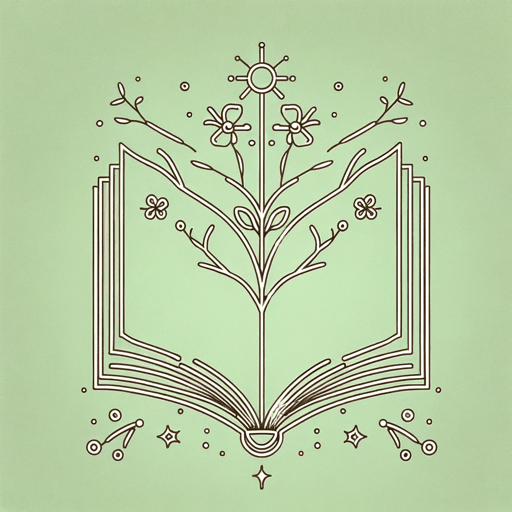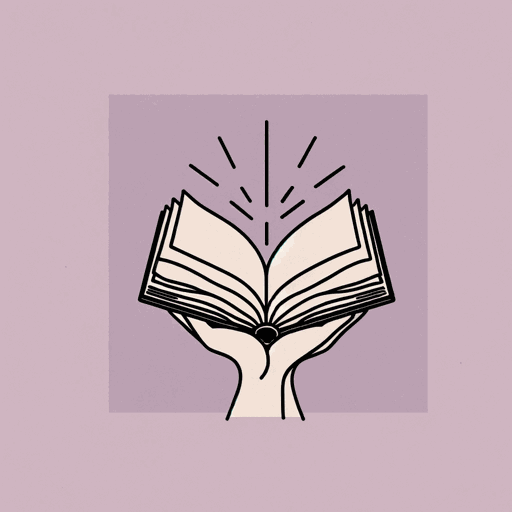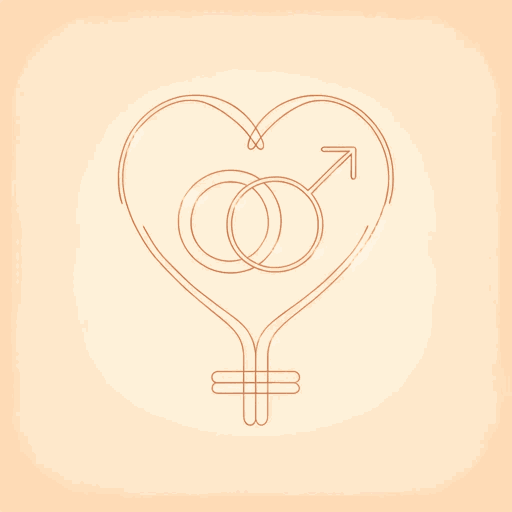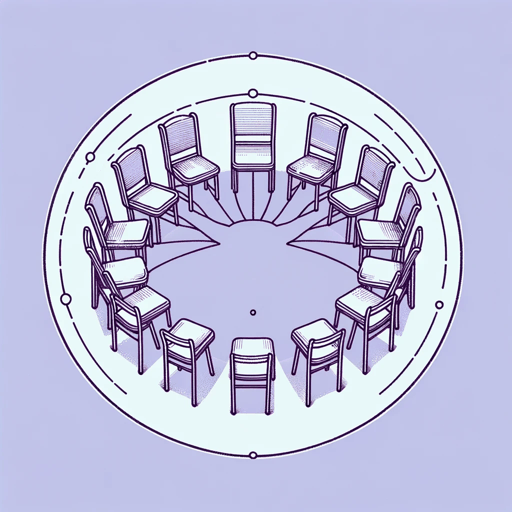47 pages • 1 hour read
bell hooksTeaching Critical Thinking: Practical Wisdom
Nonfiction | Collection of Letters | Adult | Published in 2007A modern alternative to SparkNotes and CliffsNotes, SuperSummary offers high-quality Study Guides with detailed chapter summaries and analysis of major themes, characters, and more.
Background
Philosophical Context: Defining Critical Thinking: A History
American philosopher and educational reformer John Dewey was the first to explore the idea of critical thinking, referred to as “reflective thinking” in his 1910 work How We Think. Dewey describes critical thinking as a consideration of one’s beliefs and the ideas that support them. For Dewey, this was the foundation of scientific thinking. He believed that all children were born with an innate ability to think critically. Their thoughts are malleable, and they are more willing to abandon previous beliefs in favor of new ones. bell hooks reiterates this idea in Teaching Critical Thinking: Practical Wisdom. She argues that children are born with openness and a sense of wonder that is later abandoned. The social pressure of conformity causes children to let go of their ability to engage in reflective thinking. The work of Dewey, hooks, and other educators seeks to extend the life of critical thinking beyond childhood years.
Critical thinking, put simply, is thinking about thinking. Dewey’s use of the word “reflective” refers to the practice of turning evaluation inward and dismantling ideas from within. Between 1933 and 1941, 300 colleges participated in an 8-year study developed by the Progressive Education Association in the United States to explore how incorporating Dewey’s ideas about critical thinking into the classroom might alter education.
Related Titles
By bell hooks

Ain't I A Woman: Black Women and Feminism
bell hooks

All about Love: Love Song to the Nation Book 1
bell hooks

Feminism Is for Everybody: Passionate Politics
bell hooks

Feminist Theory: From Margin to Center
bell hooks

Salvation: Black People And Love
bell hooks

Teaching to Transgress: Education as the Practice of Freedom
bell hooks

The Will to Change: Men, Masculinity, and Love
bell hooks
Featured Collections
Books that Feature the Theme of...
View Collection
Colonialism & Postcolonialism
View Collection
Community
View Collection
Education
View Collection
Equality
View Collection
Essays & Speeches
View Collection
Politics & Government
View Collection
SuperSummary Staff Picks
View Collection

